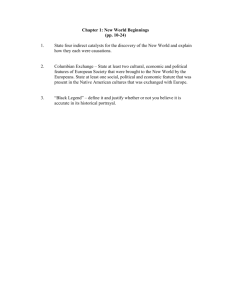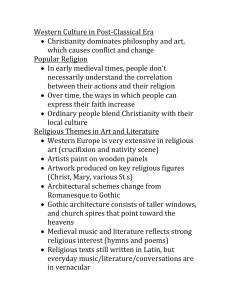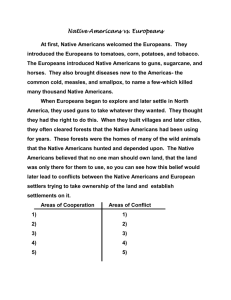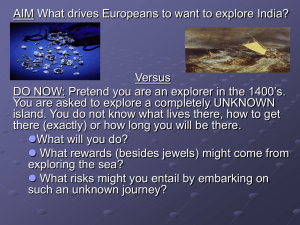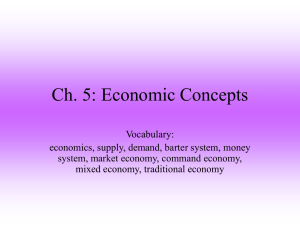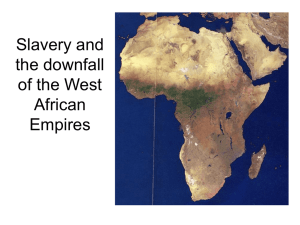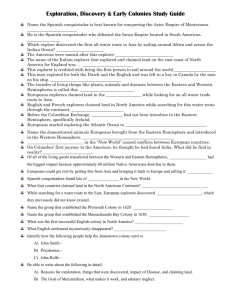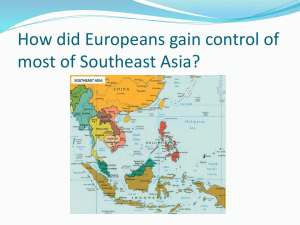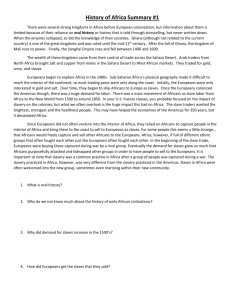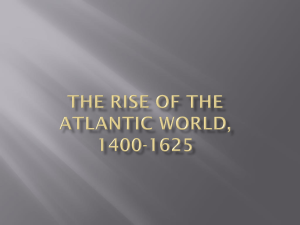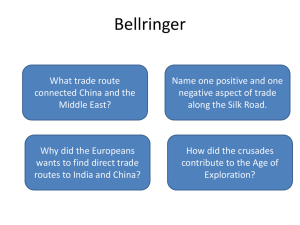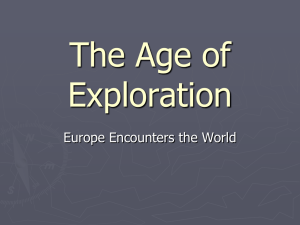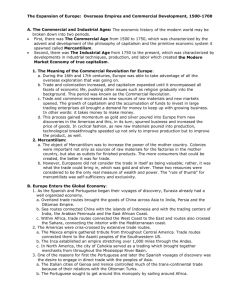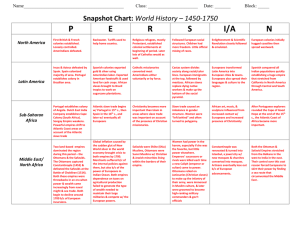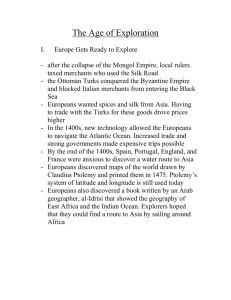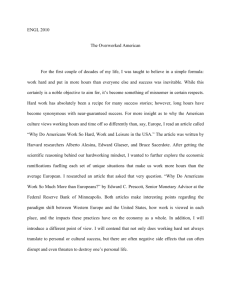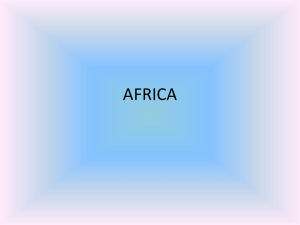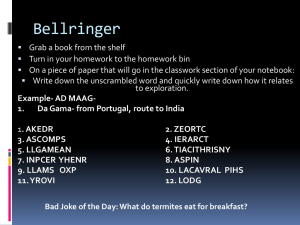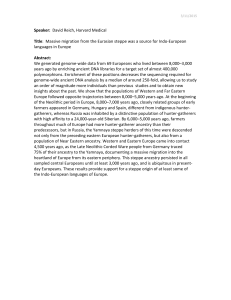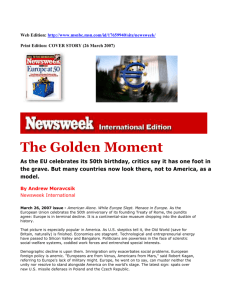The World Economy and European Expansion Part II Student Notes
advertisement
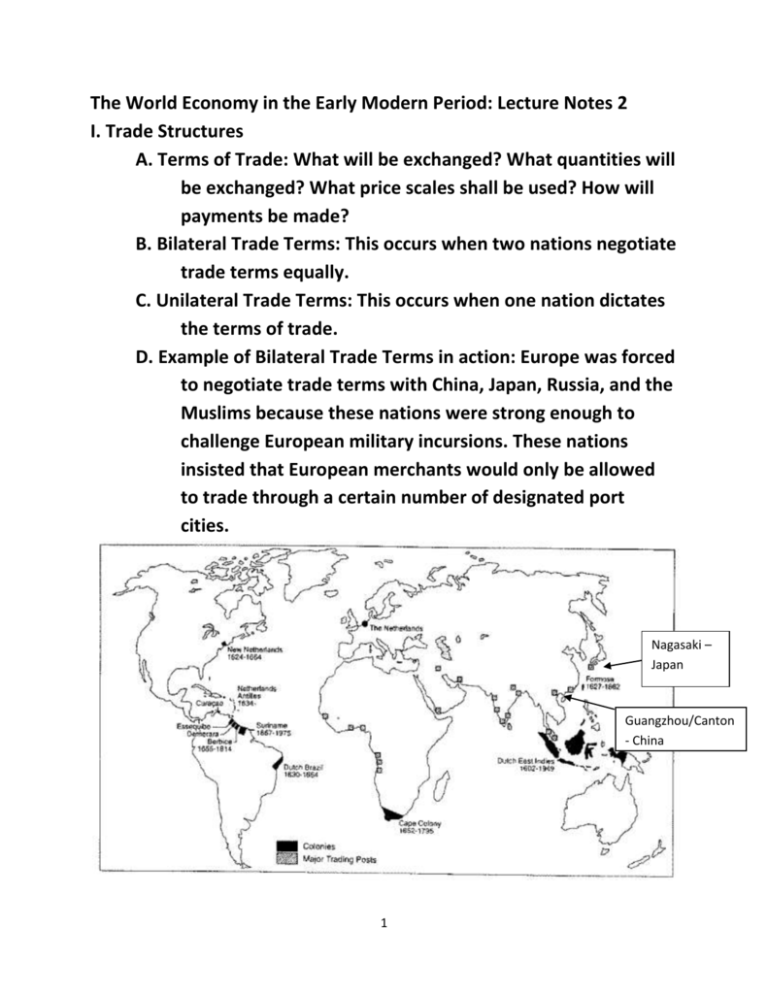
The World Economy in the Early Modern Period: Lecture Notes 2 I. Trade Structures A. Terms of Trade: What will be exchanged? What quantities will be exchanged? What price scales shall be used? How will payments be made? B. Bilateral Trade Terms: This occurs when two nations negotiate trade terms equally. C. Unilateral Trade Terms: This occurs when one nation dictates the terms of trade. D. Example of Bilateral Trade Terms in action: Europe was forced to negotiate trade terms with China, Japan, Russia, and the Muslims because these nations were strong enough to challenge European military incursions. These nations insisted that European merchants would only be allowed to trade through a certain number of designated port cities. Nagasaki – Japan Guangzhou/Canton - China 1 II. Trade Relationships a. Europe: Composition of Trade Trades: Purchases: Finished manufactured Unfinished goods goods such as guns and to use in further cloth. trade such as silver and sugar. Seeking: Luxury goods such as spices, slaves, gems, silks, porcelain b. World: Composition and distribution of Trade 1. Low cost goods were preferable: gold, silver, tobacco, cotton, slaves, spices 2. Africa and Latin America became one commodity/product producers 3. Eastern Europe had more diversity of products (grains, timber, tar, fish) but they had to utilize Western Europe to get their goods out 4. Balanced trade agreements existed between Europe and Eastern Asia, Southeast Asia, South Asia and Southwest Asia Majority of world’s Population = Subsistence farmers. (Majority is unfree labor: slaves, serfs, castes, peasants). Europeans are the center of most trade and most trade is unequal with Europeans holding the advantage. Europeans set up plantation agriculture to feed cheaply produced product to these relationships. All outside contact is limited to the coast and ports. Local Trading Elite control interior economies. Maintain contact with outside trade and become extremely wealthy. 2 c. Regions involved with world trade: 1600 Western Europe/ Eastern Seaboard North America / Central and South America / Poland/ Russia/ Western and Eastern Coastal Africa / Coast of India, Southeast Asia, and East Asia/ Muslim Southwest Asia d. East Asia China - Official isolation - Chinese manufacturing better than Europeans - Neo-Confucianism is against merchants, Technology, trade, etc. Japan - Official isolation - No manufacturing (agricultural economy) - Saw firearms as un-samari (distrustful) - Officially closed Japan to trade except once a year in Nagasaki. e. Muslim World: Mughal India – Ottoman Empire – Safavid Empire - Interested in trade – allowed port colonies - Ethnic minorities were often the merchants - Exchanged goods for silver, luxury items, and processed goods f. Russia - Primarily an agricultural economy - more concerned with security against steppe nomads g. Africa - Trade limited to coastal regions - Disease kept Europeans out of the interior until the mid 1800’s 3
